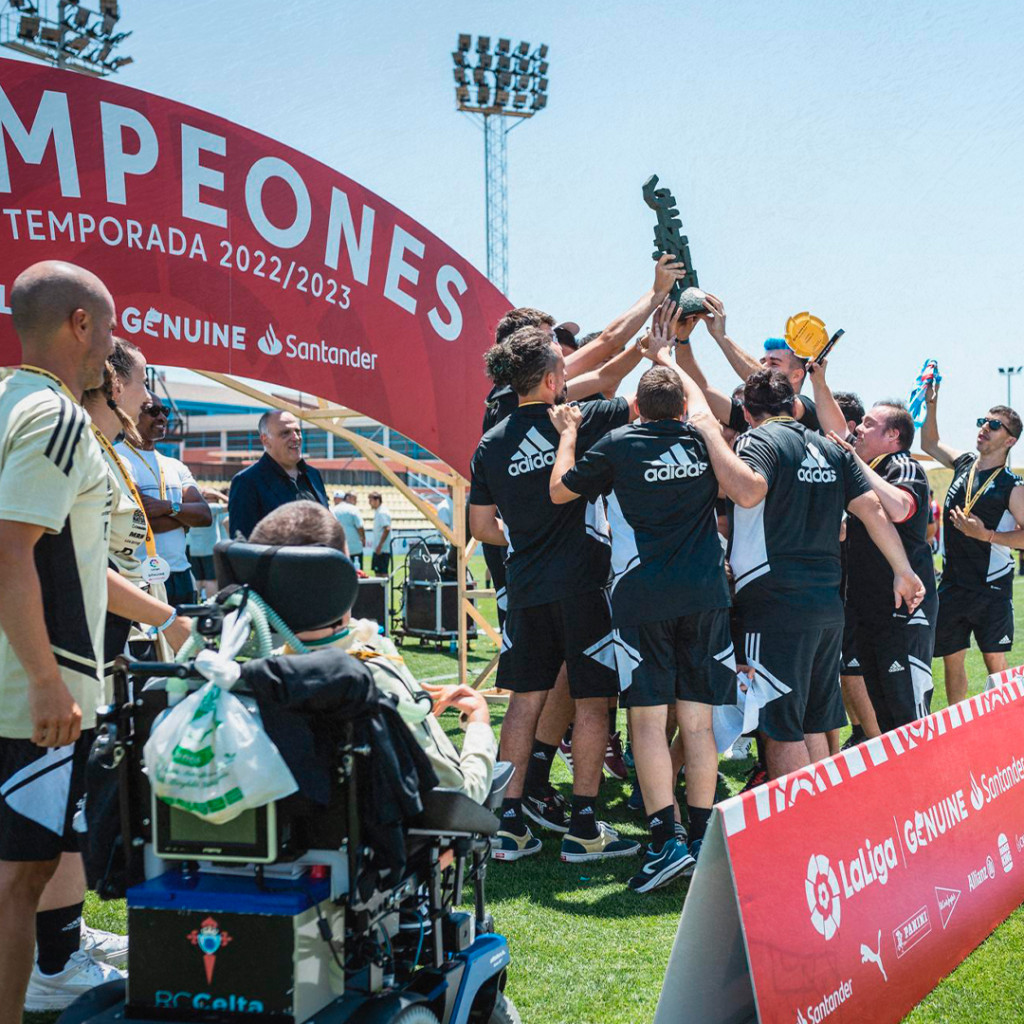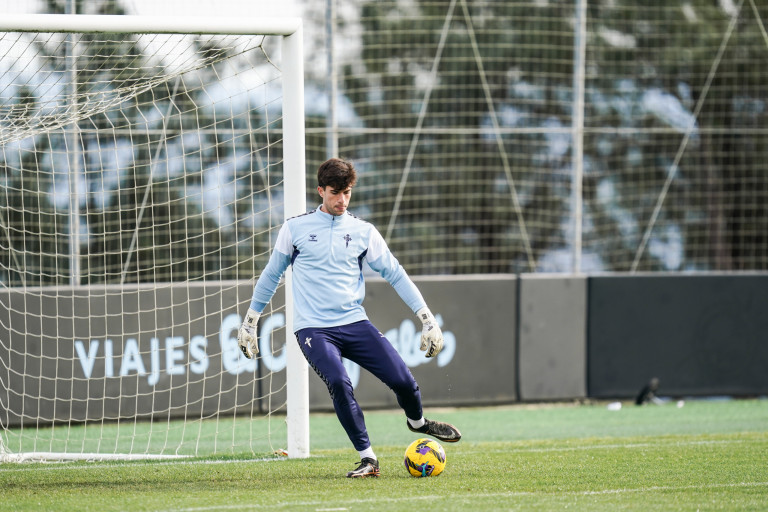LaLiga’s “National Plan for Optimization and Improvement of Youth Academies” marks one year of promising results, with most indicators set for the first phase (up to 2025) showing 50-80% completion on average, a 20% increase since the plan’s implementation. The collective efforts of the clubs in creating and developing the plan have surpassed the expectations of this ten-year initiative, which aims to consolidate LaLiga’s leadership in youth academies, establish a model for sustainable growth, and reduce disparities between clubs, thus increasing competitiveness and democratizing the competition.
At the “VII Meeting of Youth Academies”, hosted by Sevilla FC at the Ramón Sánchez-Pizjuán stadium, almost a hundred representatives from the youth academies of LaLiga Santander and LaLiga SmartBank clubs gathered to discuss the results and realign the plan’s objectives, which are tied to the LaLiga Impulso project.
The plan focuses on five pillars with different indicators and objectives, all of which have seen an average growth of 20% in this inaugural year:
1. Structure and professional development: The focus is on professionalizing the club structure, with well-trained and well-conditioned technicians and managers. Notable progress includes an increase in full-time professionals and specific training, and the development of female youth academies, with 85% of clubs now having female teams or in the process of establishing them in their lower categories.
2. Infrastructure and resources: This area emphasizes technology and infrastructure, crucial for youth academy growth. Centralization and interconnection of data collection and processing tools have increased, and 30 out of 42 LaLiga clubs are renovating or building new sports cities.
3. Educational model and transfer to competition: This pillar tackles the philosophy and training plan from a methodological viewpoint. Most clubs have already established their own methodologies and made significant progress in individualizing the processes.
4. Comprehensive care for the player: This unique aspect of the plan highlights the need to address player training from a holistic perspective, not just a sports one. Emphasis has been placed on creating specific areas devoted to aspects such as mental health and increasing the percentage of players pursuing higher education.
5. Development and transfer to professional football: This area reflects the success of the initiatives and the clubs’ commitment to more sustainable growth of their professional teams through talent detection and retention in Spain and more financial rationality in the transfer market. There has been approximately 20% growth in the goals of youth players in national teams and youth players in the first team.
Juan Florit, Head of Sports Projects at LaLiga, and Luis Gil, Director of Competitions at LaLiga, have both affirmed the promising results of the plan and the collective effort of the clubs to create a model that is compatible with sustainable growth.
LaLiga’s youth academies are now a collective brand of the clubs, and the data clearly shows that LaLiga leads in terms of opportunities and the value of youth players in the Spanish competition, as well as in terms of quality professional players exported to the five major leagues. In the current 22-23 season, youth players have played 17.2% of the competition’s minutes, far ahead of other major European leagues, making LaLiga a major reference for youth football in Europe.
Moreover, LaLiga Santander is the competition with the highest percentage of youth academy players among the five major European leagues: 21.21% of the total number of players. Youth academy players also account for the highest percentage of the total market value among the major leagues: 22.44% of the total market value, followed by the Premier League with 14.54%; Ligue1 with 13.64%; Bundesliga with 12%, and Serie A closing the list with 8.7% of the total market value of their players (Transfermarkt data, 22-23 season). This suggests that LaLiga not only gives the most opportunities to its youth academy players, but also these players have a high market value.
Besides forming players for their first teams, the high market value of Spanish youth academy players also translates into earnings for the clubs in the transfer market and Spanish presence in the rest of the leagues. According to CIES data, LaLiga has the most youth academy players in the five major European leagues this season, with a total of 289 players from 16 different clubs in the Top 100 of the most productive youth academies: RC Celta, Real Madrid, FC Barcelona, Valencia CF, Athletic Club, Real Sociedad, Atlético de Madrid, RCD Espanyol, Villarreal CF, Sevilla FC, CA Osasuna, Rayo Vallecano, RCD Mallorca, Real Betis, Real Valladolid, and Málaga CF.






